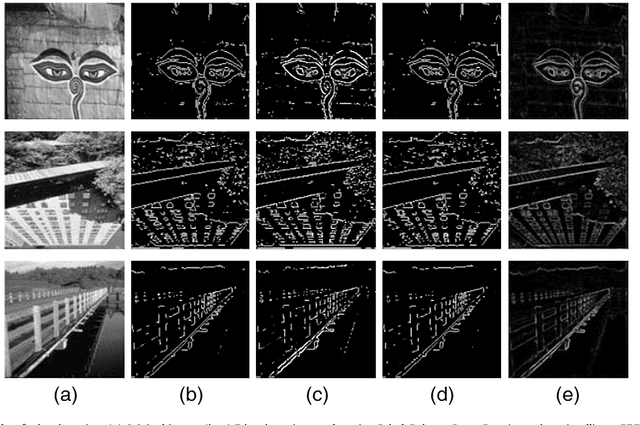Kewei Tang
Opportunities and challenges in the application of large artificial intelligence models in radiology
Mar 24, 2024Abstract:Influenced by ChatGPT, artificial intelligence (AI) large models have witnessed a global upsurge in large model research and development. As people enjoy the convenience by this AI large model, more and more large models in subdivided fields are gradually being proposed, especially large models in radiology imaging field. This article first introduces the development history of large models, technical details, workflow, working principles of multimodal large models and working principles of video generation large models. Secondly, we summarize the latest research progress of AI large models in radiology education, radiology report generation, applications of unimodal and multimodal radiology. Finally, this paper also summarizes some of the challenges of large AI models in radiology, with the aim of better promoting the rapid revolution in the field of radiography.
Toward Designing Intelligent PDEs for Computer Vision: An Optimal Control Approach
Sep 06, 2011



Abstract:Many computer vision and image processing problems can be posed as solving partial differential equations (PDEs). However, designing PDE system usually requires high mathematical skills and good insight into the problems. In this paper, we consider designing PDEs for various problems arising in computer vision and image processing in a lazy manner: \emph{learning PDEs from real data via data-based optimal control}. We first propose a general intelligent PDE system which holds the basic translational and rotational invariance rule for most vision problems. By introducing a PDE-constrained optimal control framework, it is possible to use the training data resulting from multiple ways (ground truth, results from other methods, and manual results from humans) to learn PDEs for different computer vision tasks. The proposed optimal control based training framework aims at learning a PDE-based regressor to approximate the unknown (and usually nonlinear) mapping of different vision tasks. The experimental results show that the learnt PDEs can solve different vision problems reasonably well. In particular, we can obtain PDEs not only for problems that traditional PDEs work well but also for problems that PDE-based methods have never been tried before, due to the difficulty in describing those problems in a mathematical way.
 Add to Chrome
Add to Chrome Add to Firefox
Add to Firefox Add to Edge
Add to Edge